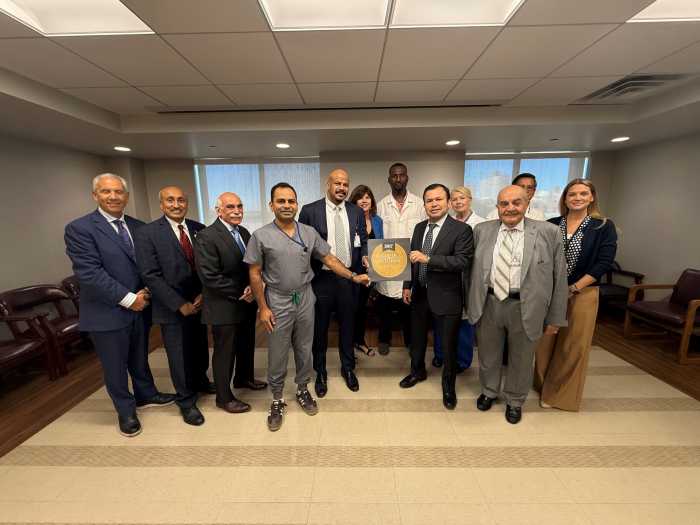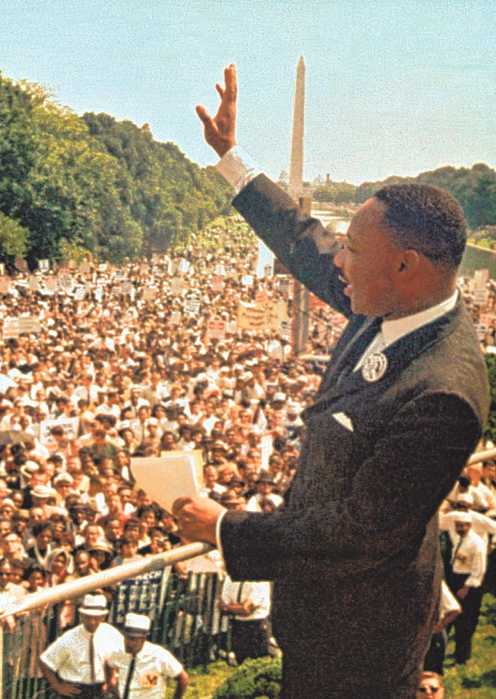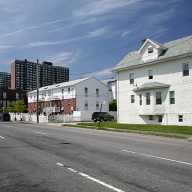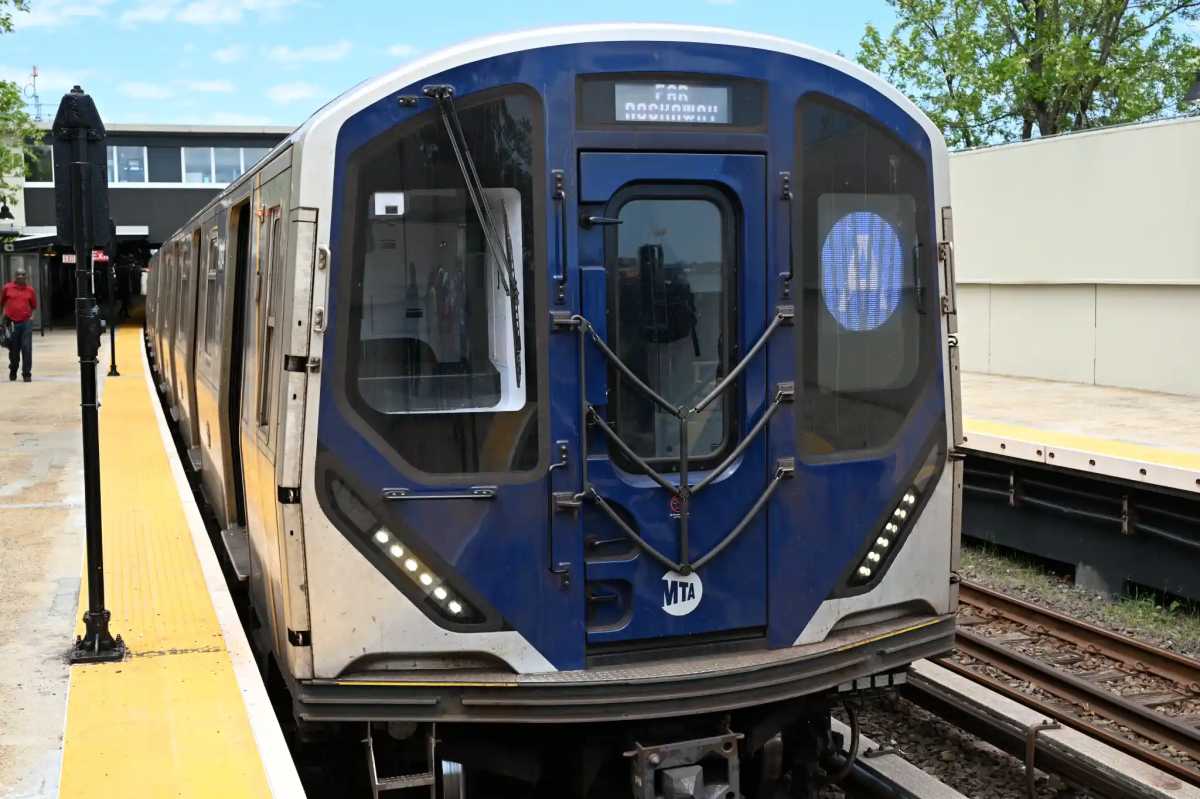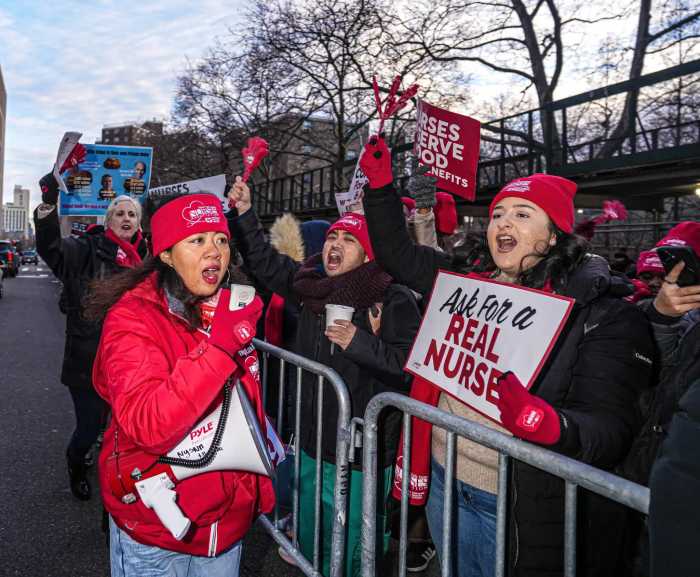It was barely 6 a.m. at the usually busy intersection of 41st Avenue and Main Street in Flushing and only a few passengers were out looking for rides in the heavy rain and piercing wind.
A van driver was there, waiting for his turn to get into a bus stop. Twenty yards away, three vans from a competing transportation company were spreading out in the bus stop, occupying the parking space originally allotted for four vans.
Half an hour passed and the driver, who gave his name only as Mr. Pan, jumped out of his seat, walked over to the sidewalk and began yelling out in a raspy voice to passersby: “One dollar, Chinatown.”
At that moment, a policewoman came up. “Is that your van?” she asked Pan. “Yes,” Pan said uneasily. “Why didn’t you park it by the bus stop?”
“No space. It’s already got three vans.”
She wrote him a parking ticket for $45. It wasn’t Pan’s worst morning, however, just one of those unfortunate days when he lost the hide-and-seek game with the police.
Last month, Community Board 7 announced two huge retail and residential developments planned for the downtown Flushing area, both including several million square feet complexes that can house thousands of people. With this new influx of humanity imminent but ever-shrinking space to get around, the local van companies are seeing a mixed picture ahead.
Around 9,000 passengers — most of them immigrants from Asia — are traveling by private vans in and out of Flushing each day, according to a survey of the community. While three transportation companies share one bus stop there, the drivers of more than 30 vans often compete for the stop’s parking spaces.
A few years ago, there was no bus stop for private vans at all. In 2000, Michael Lee, president of L&W Express Van Service Corp., began work to establish a legal place for vans to pick up their passengers.
Lee and his men conducted a community survey, and collected almost a thousand signatures of residents, who said they needed the vans to commute mostly to Chinatown. After a series of public hearings, the city’s Department of Transportation authorized the bus stop in 2002.
Several months later, Tommy Wu, president of Flushing Van Service, agreed to share in the bus stop. Since Wu’s company had half as many vans as Lee’s company, the two companies seldom had conflicts.
In 2002, Tony Luo created G&E Enterprise, a company with as many vans as L&W and Flushing Van Service combined. The company also distinguished itself in other ways. Its employees, for example, were dressed in standard uniforms, spoke politely to customers, and appeared professional and helpful.
G&E quickly replaced L&W as the most popular transportation alternative in the community. The new company boasted more than 80 percent of the market. By occupying the parking spaces all day long, Luo’s G&E soon took over the bus stop that Lee had created.
“As you can see, we now have to beg others for the space to park our vans,” Lee said. “Nobody would possibly know how I felt throughout this.”
While Lee and Luo are at odds, local residents have expressed mixed feelings. A pharmacy owner, Peter Wang, said that people who lived in Flushing but worked in Chinatown had benefited a lot from the competition. For example, she said the fare to Chinatown from Flushing was cut from $3 to $1 months ago, which was “the best deal one can find in the city.”
But Jenny Huang, a fruit peddler, frowned at the fights between drivers. “It’s one of the traumas of this neighborhood. You can’t have peace as long as the crowds are out there.”
The news for Huang, then, is not good — new crowds are on the way.
Han Ou is a freelance writer.


